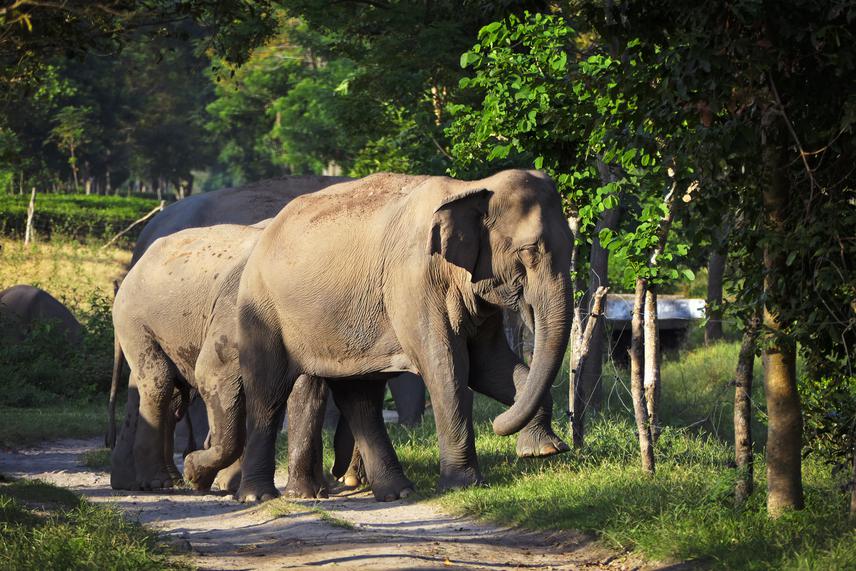Sayan Banerjee
Other projects
8 Jul 2020
Understanding Elephant-Human Interaction Patterns in a Human-Wildlife Conflict Landscape in North-Eastern India
Northeastern India, which is a significant part of the Indo-Malaya biodiversity hotspot, is also one of the most important constituencies for long-term Asian elephant Elephas maximus conservation. The state of Assam, situated in the heart of this region, harbours close to 6,000 wild Asian elephants, which is more than 20% of the total elephant population in India (Project Elephant, 2017). A rapid loss of forest cover, habitat fragmentation, anthropogenic land use changes and a blockage of corridors have, however, resulted in an increase in occurrence and movement of elephants outside protected areas, resulting in a significant increase in human-elephant conflict in the region. In Udalguri district, during 2010 to 2021, 75 elephants and 176 people died due to this conflict and 5301 houses and 2453 Ha of croplands were damaged by elephants.

Elephants in tea estate. © Sayan Banerjee.
Thus, research and action need to go hand in hand to reduce human-elephant conflict and promote coexistence. The detailed documentation of human-elephant interactions in the last two years in the non-protected, mixed-use, human-dominated landscape of Udalguri provides the basis of locally suited conservation actions for this project. On the other hand, the research stems from newer questions that emerged from the previous work, especially on feeding ecology of Asian elephants and people’s conservation behaviour. I would like to work on this conservation research and action which will have important implications for the long-term conservation of Asian elephants in the region. For this work, the objectives are following:
1. To establish community-centric conflict mitigation strategies to reduce crop, asset losses and deaths for human and elephants in Udalguri district.
2. To develop textual and audio-visual storytelling materials for promoting locally suited human-elephant coexistence in Udalguri district.
3. To understand elephants’ feeding behaviour- food preference, seasonality, habitat use, seed dispersal.
4. To understand people’s capability for conservation behaviour towards elephants.
Thus, this project aims to establish a holistic model of research and action to reduce human-elephant conflict and promote coexistence in a non-protected, mixed-use, human-dominated landscape. Given the magnitude of forest degradation and the associated expansion of human land use across the Indian subcontinent, more of such landscapes will be produced in the future, within which increasingly negative human-elephant interactions are likely to unfold, resulting in more severe loss of life and property of both humans and elephants. This project, thus, would be able to provide us with on-ground understandings of how human-elephant conflict can be dealt locally with bottom-up approach of enhancement in community’s capability.